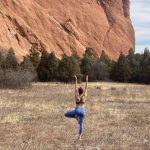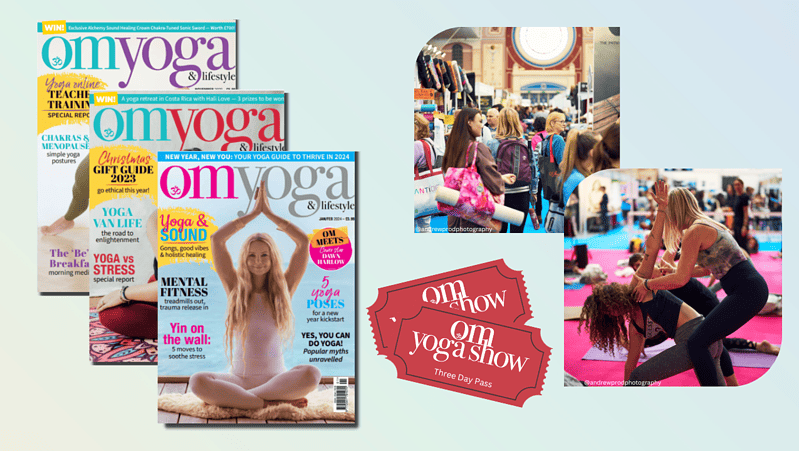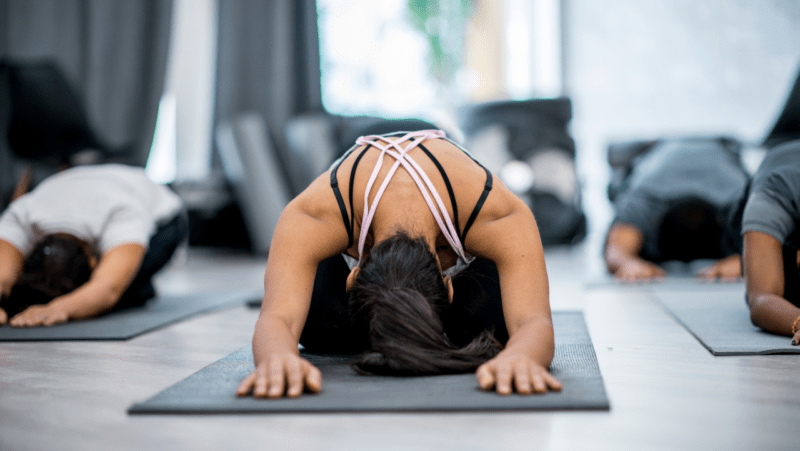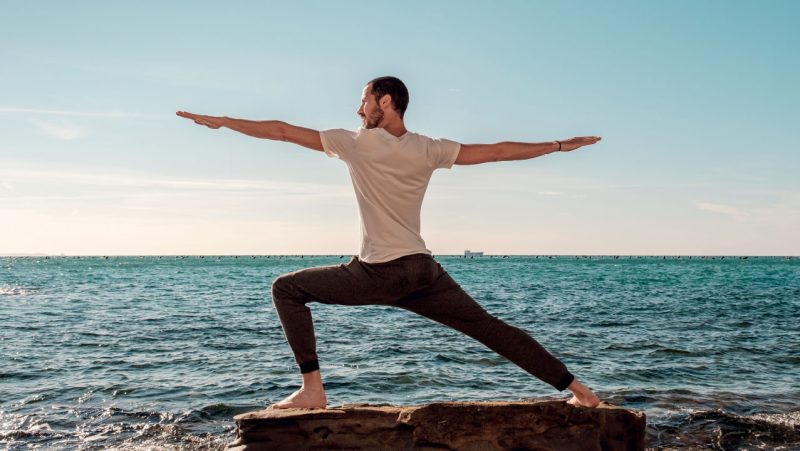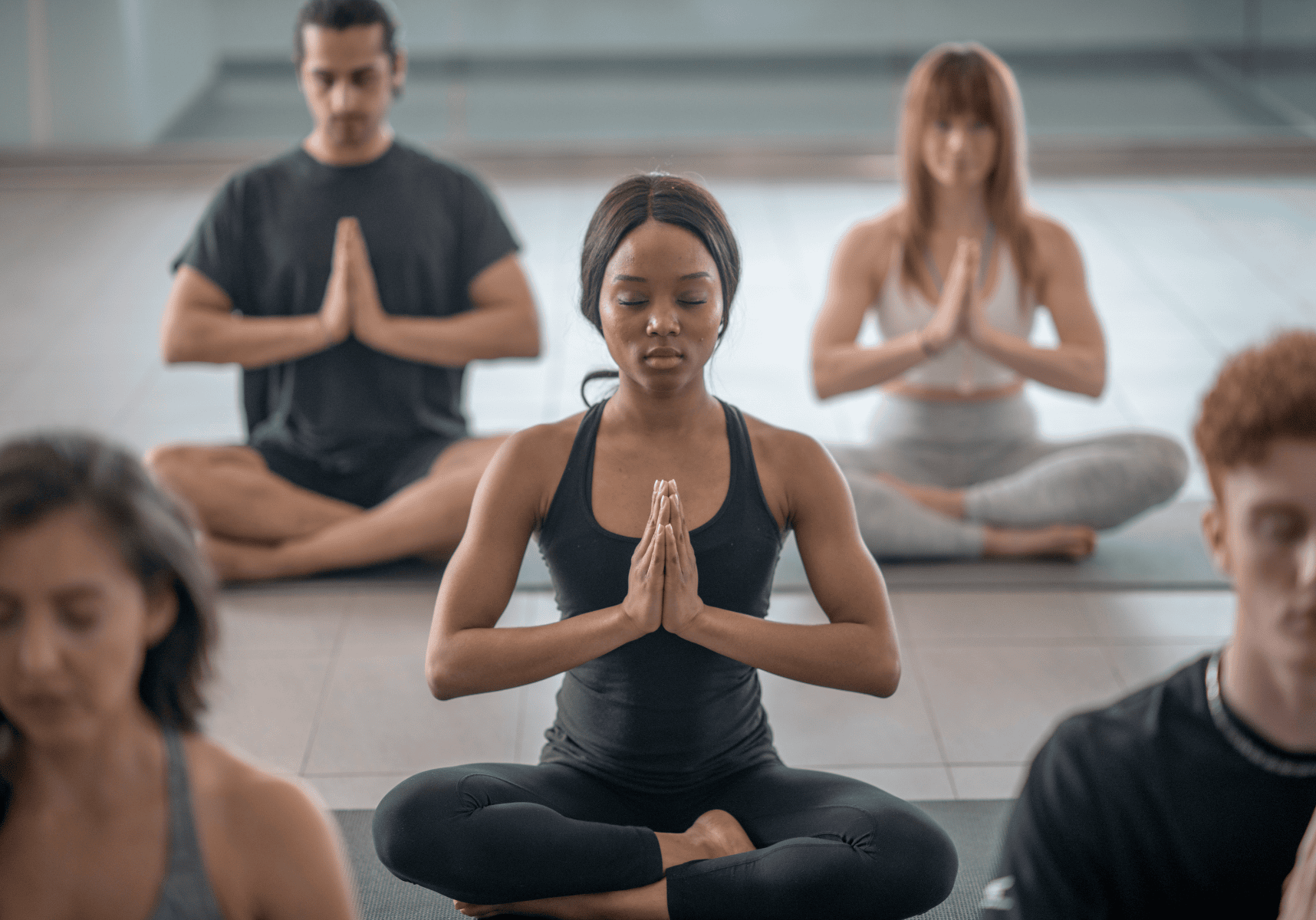
Why Yoga Teachers should Check their Positionality
Who benefits when yoga teachers are aware of factors separating their standpoint from that of the people they teach - By Megan Biondi
Reading time: 4 minutes
As yoga teachers, we may find ourselves rattling off cues in that aren’t realistic for all body types, naming poses in Sanskrit, calling unwanted attention to certain attendees, offering uninvited hands-on adjustments, and simply not being aware of the language we use and its impact on practitioners of positionalities different from our own.
For these reasons, and many more, yoga teachers can profoundly benefit their class attendees by taking a closer look at their own positionality and the implicit biases it may give to their practice and the way they teach yoga to others.
Ableism
When cuing shapes and correcting alignment, yoga teachers should be aware that their own body type, body structure, and physical ability may differ dramatically from that of the people in front of them. Students of varying genders, abilities, bone structures, and body types may not always be able to access the type of alignment we cue, the exact textbook shape of certain asana, or the so called “full-expression” of a given pose.
This is not because their practice is not advanced enough, but often because of real physical limitations, ranging anywhere from subtle variance in bone and muscle structure to clinical disability (Clark, 2016; Heyman, 2023). With these factors in mind, teachers can adjust their cuing to be less directive, or focused around an outer shape, and more exploratory, encouraging students to find what feels best in each anatomically unique body (Clark, 2016).
According to Heyman (2023), “when it becomes clear that we’re not working toward any [specific outer shape] no one [feels] left behind. We’re simply exploring different movements and cultivating different sensations.”
Heyman also cautions yoga teachers against using the word “just” in cuing, as it can create hierarchy and ableism within the options we offer practitioners. “It can seem like ‘just’ is an effort to make the action sound easy […] but if the action is actually hard or impossible for the student then it can really be offensive” (Heyman, 2023).
Trauma informedness
Teachers may give seemingly harmless cues such as “close your eyes” in meditation or “lie belly up with eyes closed or hands away from your body” during savasana (corpse pose), not realizing such positions can make trauma survivors feel vulnerable.
Instead, teachers should be aware of whether they possess the privilege of not having experienced physical or emotional trauma, and know that simply because they themselves don’t experience emotional discomfort or lack of a felt sense of safety in a pose doesn’t mean that all people have the same luxury.
When teachers are aware of this, they can alter their cuing to give options instead of directives and always offer alternatives to their suggestions, without making the various modifications they offer feel hierarchical. For instance, “soften your gaze” is not a less advanced cue than “close your eyes” and the option of a prone savasana is just as beneficial as supine savasana.
When teachers offer such alternative cues, they can make clear to students that the options are not about what is harder/easier, but about exploring what feels safest and most comfortable for each individual.
Gender bias
When it comes to certain poses such as ananda balasana (happy baby), anahatasana (heart to earth), and even adho mukha svanasana (downward dog), while male yoga teachers and practitioners may feel safe and comfortable in these shapes, many female practitioners may find them to be compromising and prefer to modify.
Rather than overlooking or discouraging this, teachers should be aware enough of their positionality to anticipate the need to suggest alternative options to such poses, again, without making the alternatives seem less advanced or less beneficial.
The same is true for hands-on adjustments. While male—and even some female—yoga teachers may be comfortable with other teachers approaching them from behind to adjust their downward dog or straddling them to assist with urdhva dhanurasana (upward facing bow, or wheel), the majority of practitioners—especially females with a trauma history—will not be comfortable with such hands-on adjustments.
In addition to always asking before offering hands-on adjustments, it may be advisable to simply give verbal adjustment cues instead, especially considering this issue in light of the numerous well-known male yoga gurus who have repeatedly physically assaulted female students under the guise of “hands-on adjustments” (Griswold, 2019). https://www.newyorker.com/news/news-desk/yoga-reconsiders-the-role-of-the-guru-in-the-age-of-metoo
Visibility
Yoga attendees from non-dominant groups, or groups that are not well-represented in the yoga space, may feel self-conscious taking a yoga class to begin with. This is true for any practitioner, but especially in regard to non-dominant yoga attendees, it is best not to call any additional attention to these individuals during a practice.
Anything from using them as a positive example, to calling out their alignment, can be viewed by the practitioner as unwanted or negative attention and can lead these individuals to choose not to return to class. This—in addition to a slough of others factors, including how cost prohibitive yoga is in most urban areas—can contribute to the issue of the people who often most need yoga and mindfulness feeling as though it is not for them or for people who look like them.
It is best if teachers themselves can represent diverse populations, but even teachers from dominant groups being aware enough of their positionality to refrain from calling out or drawing unwanted attention to practitioners from non-dominant groups can be helpful.
Language
One of the quickest ways to make yoga seem inaccessible and off-putting to the general population is to call all of the poses in Sanskrit, or even to call the names of poses in English, but then not demonstrate the shapes to new practitioners.
With advanced students, yoga teachers may be used to using Sanskrit or cuing asana without needing to demo the shape, but teachers should keep in mind that any beginner could walk into their class at any time and if beginners are expected to continue, the class should feel welcoming and accessible to them.
The technical anatomical terminology that we learn in teacher training and may like to show off, but that is not necessarily familiar to the mainstream public, is another example of inaccessible language that may alienate students.
Conclusion
There are certainly factors related to positionality not mentioned here that yoga teachers should consider. Teachers who find themselves having inadvertently done some of the less advisable practices described above can simply apply a new level of self-awareness to their current teaching.
Nevertheless, the true reform may lie in the need for some teacher training programs to adopt more inclusive and trauma-informed curricula to ensure that yoga teachers are not tasked with choosing between the teaching methodology they were taught and a more ethical teaching practicum.
References:
Clark, B. (2016). Your body, your yoga. Bright Wing Books.
Griswold, E. (2019). Yoga reconsiders the role of the guru in the age of #metoo. The New Yorker. https://www.newyorker.com/news/news-desk/yoga-reconsiders-the-role-of-the-guru-in-the-age-of-metoo
Heyman, J. (2023). The teacher’s accessible guide to yoga. Rainbow Mind Publications.

